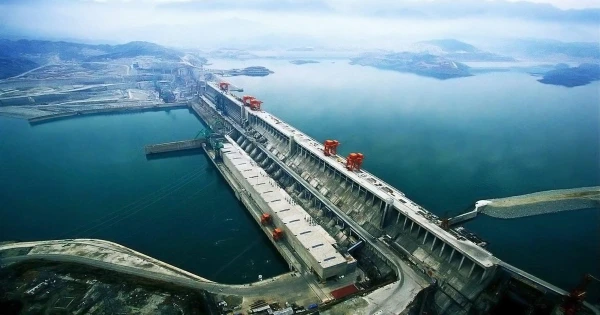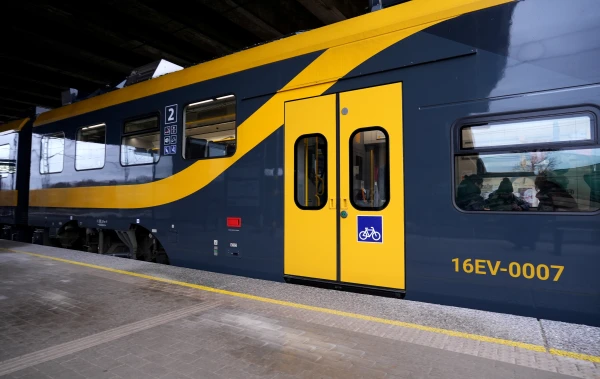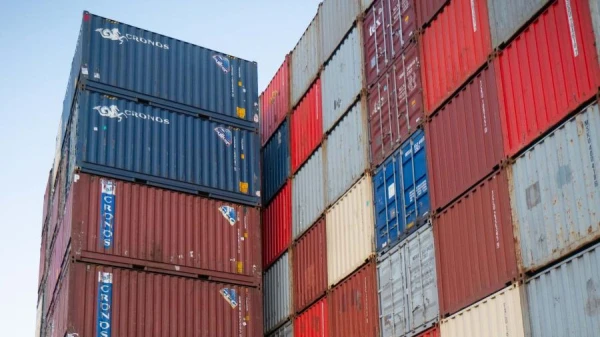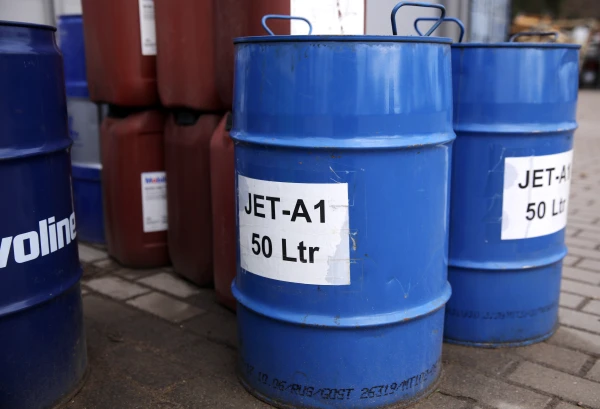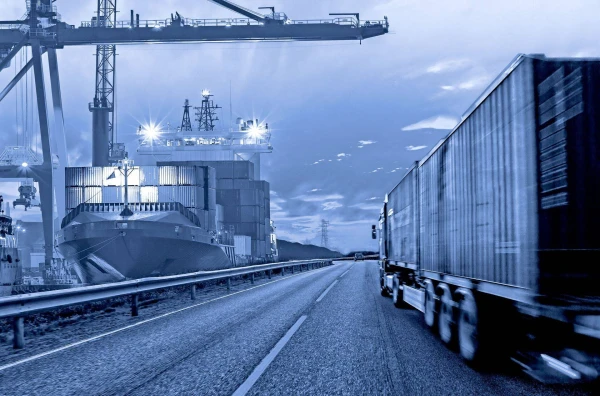
A scientific study has shown that economic growth in Latvia is a chimera, and the state has fallen significantly behind other Baltic countries. What needs to be done to get back on the right path?
Chronic Lag
An analysis conducted by Doctor of Economics Raivis Kakanis and economist, head of the Department of Economics at the Riga Graduate School of Law Morten Hansen showed that the growth of Latvian exports, trade balance, lending, and investments in new products, technologies, innovations, and scientific research significantly lag behind Estonia and Lithuania. Experts believe that Latvia needs a targeted export policy. The economists analyzed the last thirty years of Latvian export development. Their conclusion: since 2020, Latvia's export growth has lagged behind its Baltic neighbors, the trade balance remains chronically negative, and private sector lending and investments in research and innovation are below the regional level. The bank calls on the government for a coordinated action plan to increase exports. The main findings of the analysis are as follows:
-
Export growth from 2020 to 2024: Latvia +42%, Estonia +59%, Lithuania +60%.
-
Trade balance (2024): Latvia – minus €1.03 billion; Estonia – plus €0.22 billion; Lithuania – plus €4.06 billion.
-
Share of exports in GDP: about 64% in 2023 (after a peak of 70% in 2022). For a small economy, this is a high figure, but insufficient, as imports exceed exports.
-
Change in market structure: a long-term shift from eastern directions to the markets of the Baltics, Scandinavia, and the UK. Exports are mainly directed to neighboring countries, indicating a low degree of processing — Latvian goods are not complex and valuable enough to be exported to more distant markets.
-
GDP per employed: Latvia has the lowest in the Baltics; the gap with northern countries is growing. Against the backdrop of a declining population, the growth of this indicator creates a false impression of progress — in fact, the country is becoming poorer, even if GDP per employed is rising.
-
Investments and loans: private sector loans to GDP in Latvia decreased from 96.6% in 2010 to 29.7% in 2024 (in Estonia – 61.1%, in Lithuania – 36.0%).
-
Research and development: in Latvia, they account for less than 1% of GDP, with most investments being state-funded. In Estonia, on the contrary, private investments dominate. Mechanisms are needed to stimulate business participation in innovations and scientific research.
-
Sectoral structure: a significant share of exports comes from wood products, but only a small part has high added value (for example, furniture, plywood, veneered materials). By mainly exporting timber, Latvia effectively hands over raw materials to other countries for the production of more expensive products. In other sectors, positions are weak — only in wood exports does Latvia outperform its neighbors.
No Need to Be Shy
Economists note that for many years, the negative balance of foreign trade — the ratio of exports to imports — has led the country to stagnation. Given Lithuania's breakthrough, which now exceeds Latvia and Estonia combined in export volume, there is no need to be shy, but rather to learn from the southern neighbors. If nothing changes, the lag will only grow — not only from northern countries but also from the closest Baltic partners. The solution is known: it is necessary to stimulate financing for entrepreneurship, support production with high added value, and enhance the private sector's interest in investing in research and development. Small economies develop by selling smarter products in large markets. For a small economy like Latvia, exports are the only basis for growth. Long-term data show that Latvia's stagnation is not the result of several unsuccessful years, but rather the consequence of prolonged erroneous policies.
Risk of Getting Stuck
Experts add that the numbers speak for themselves: since 2020, Estonia and Lithuania have significantly outpaced Latvia in exports and investments in research. Latvia needs a practical policy aimed at developing exports of goods and services with higher added value.
Without targeted actions, Latvia risks getting stuck in the role of a producer of low-added-value products — a supplier of intermediate industrial goods, rather than finished, branded products with higher profits. This means slow wage growth, low productivity, a weak tax base, and a persistent trade deficit.
Five Steps Up
What specifically needs to be done to pull the country out of the hole:
-
Increase investment in growth — stimulate private sector lending to 40–45% of GDP within 3–4 years, expand guarantees, co-financing, and export credit instruments.
-
Support the export of high added value products — through tax incentives and grant programs for production development.
-
Increase the intensity of investments in research and development — reach at least 1.5% of GDP within four years, enhancing private sector participation through targeted benefits and simplified recognition of research expenses.
-
Achieve a positive trade balance — transition from a deficit to a balanced or positive result within three years.
-
Improve skills and productivity — direct support towards training in areas related to automation, robotics, and quality control, as well as develop training programs for priority sectors.



